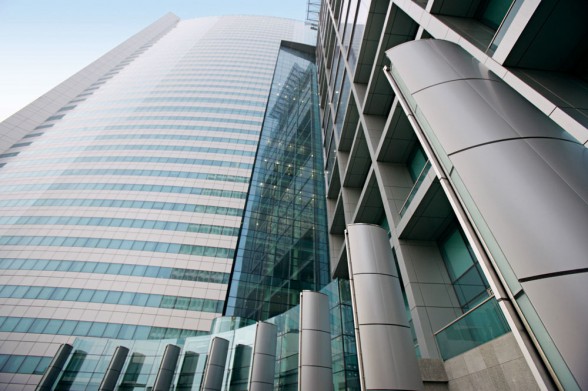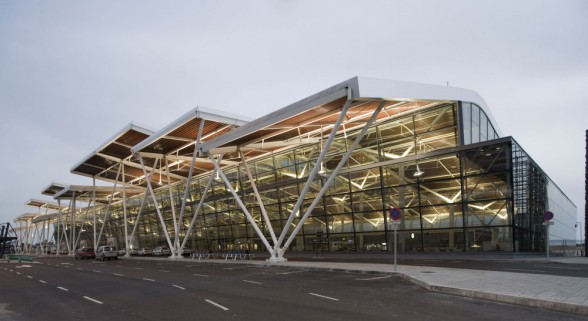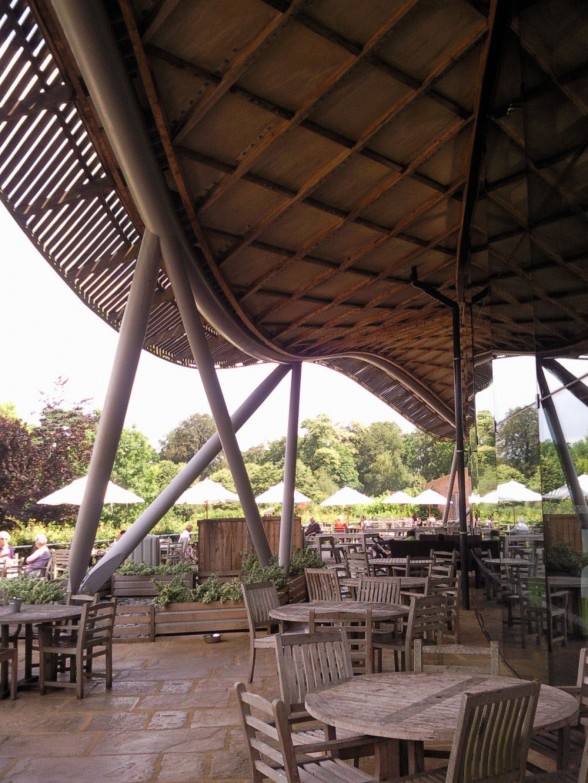West Seattle Locksmith will be able to assist you in any emergency situation 24 hours a day,
with our Local and mobile residential Seattle locksmith service. No
reason to panic when you locked the keys inside your house, just call us
to (206) 971-6992 , and we will be there in 15-45 min
after receiving your call. Breaking a window is never the answer to a
security issue, it only creates another one, let west Seattle Locksmith help you by providing instant access to your home, with our licensed, insured and bonded technicians.
West
Seattle Locksmith has worked hard to earn the reputation for excellence
we have with our customers, and work harder every day to ensure it is
maintained. We offer top of the line service, products, and maintenance
for all your security needs.






 Central
and South Chennai are the most active real estate markets in the city
because of Information Technology and manufacturing have become the two
main drivers of property markets across Chennai. Large- scale
developments are taking place in both these areas. The areas most in
demand are along IT and manufacturing corridors leading to the
commercial hubs. As a result, the Old Mahabalipuram Road, Velachery
Road, Sriperambadur, Porur and Medavakam are all in the list of top 10
localities by demand and supply.
Central
and South Chennai are the most active real estate markets in the city
because of Information Technology and manufacturing have become the two
main drivers of property markets across Chennai. Large- scale
developments are taking place in both these areas. The areas most in
demand are along IT and manufacturing corridors leading to the
commercial hubs. As a result, the Old Mahabalipuram Road, Velachery
Road, Sriperambadur, Porur and Medavakam are all in the list of top 10
localities by demand and supply.









